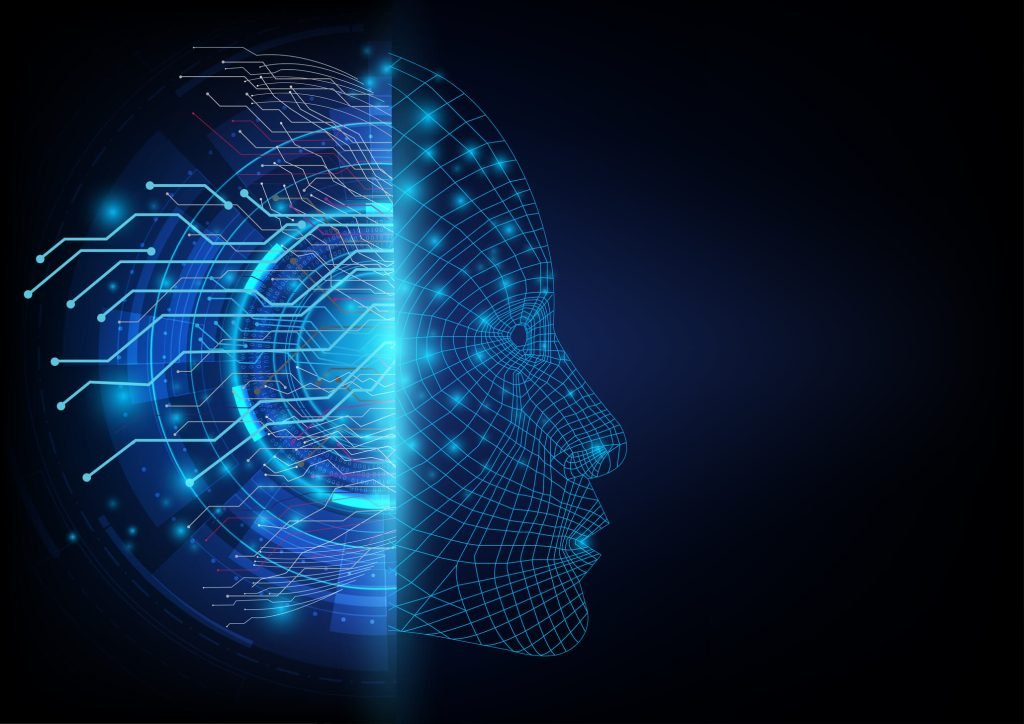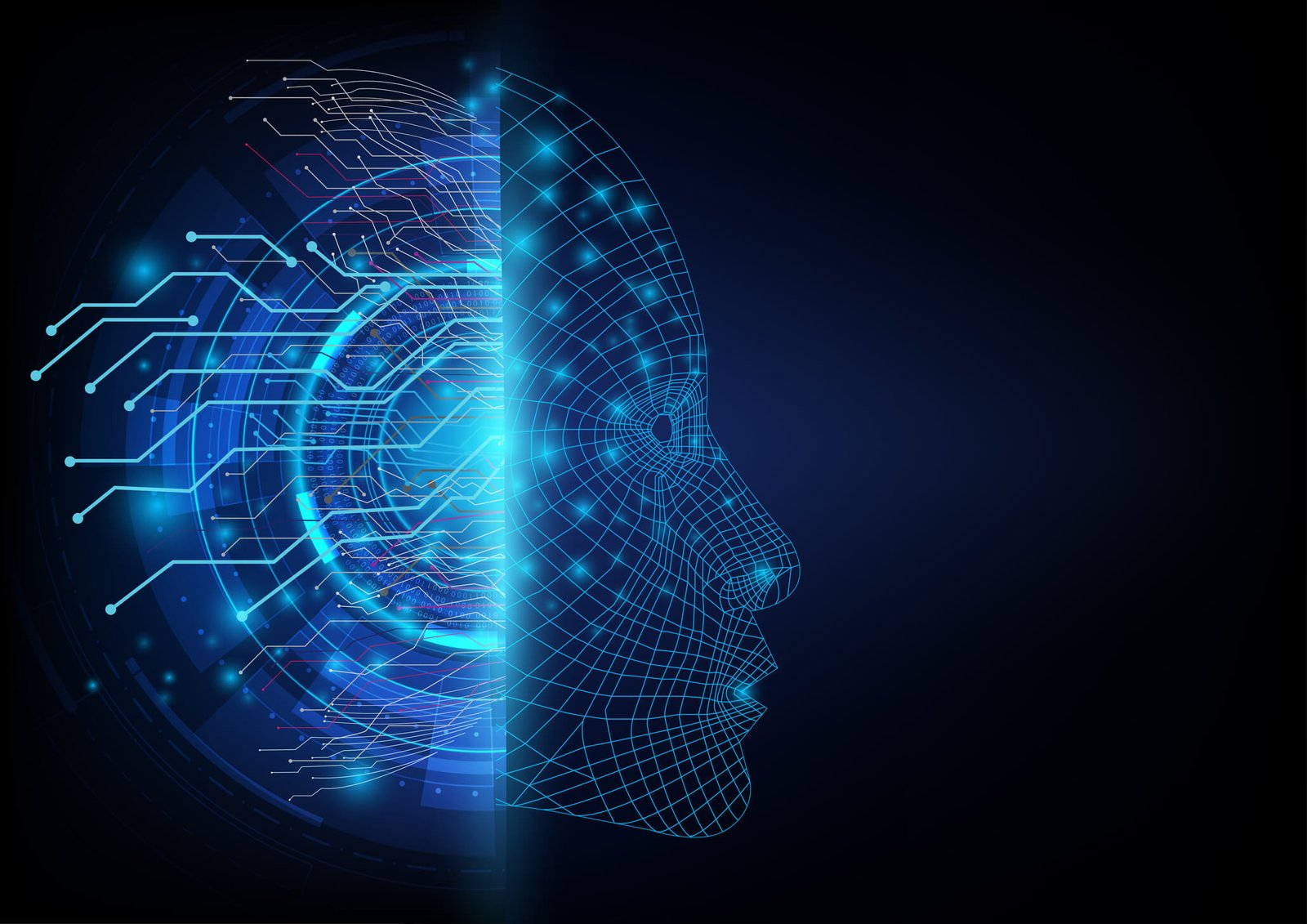
As we gaze into the future of technology, one thing is clear: artificial intelligence (AI) is not just a fleeting trend—it’s a revolution that’s reshaping the very fabric of society and industry. By 2033, the AI market is projected to undergo a metamorphosis that will impact everything from healthcare to finance, and from education to manufacturing. In this deep dive, we’ll trace the trajectory of AI’s growth and explore the innovations that will define the next decade.
The AI Renaissance: A Decade of Transformation
The past decade has been a renaissance for AI, with technological breakthroughs catalyzing its integration into everyday life. We’ve seen AI outgrow its nascent stage of simple machine learning algorithms to now underpinning sophisticated systems capable of deep learning, natural language processing, and computer vision.
By 2033, these technologies will have matured to a point where AI is no longer an assistant but a collaborator. This shift will be driven by advancements in data processing, algorithmic efficiency, and the democratization of AI tools, allowing for unprecedented accessibility and customization.
The Global AI Landscape: Markets and Movements
To understand the future, we must first appreciate the present state of the AI market. Currently valued at [insert current market value], the AI industry is on an upward trajectory, with significant investments pouring in from both public and private sectors. The United States, China, and the European Union are leading the charge, creating a competitive environment that fuels innovation.
By 2033, expect to see emerging markets like India, Brazil, and several African nations playing a more prominent role in the AI ecosystem. Their contributions will not only diversify the AI landscape but also ensure that AI’s benefits reach every corner of the globe.
AI Integration: From Automation to Augmentation
Today, AI is often synonymous with automation—replacing repetitive tasks to increase efficiency and reduce human error. However, by 2033, AI’s role will pivot from task automation to task augmentation, enhancing human capabilities and enabling workers to achieve more than ever before.
In industries like healthcare, AI will assist in complex diagnoses and personalized treatment plans, while in education, it will provide tailored learning experiences that adapt to individual students’ needs. In the workplace, AI-driven analytics will empower decision-makers with actionable insights derived from big data.
Ethical AI: Navigating the Moral Maze
With great power comes great responsibility, and the evolution of AI is no exception. As AI systems become more ingrained in society, ethical considerations must be at the forefront. Issues like data privacy, algorithmic bias, and the digital divide will need to be addressed to ensure AI’s benefits are equitably distributed.
By 2033, expect to see a robust framework of laws and regulations governing AI development and deployment. Transparency and accountability will be key tenets of this framework, ensuring that AI operates for the common good.
The AI-Powered Future: A Glimpse into 2033
So, what will the world look like in 2033 with AI’s full potential unleashed? It’s a future where smart cities optimize traffic flow in real-time, reducing congestion and pollution. It’s a future where AI-powered precision agriculture increases crop yields while conserving resources. And it’s a future where personalized AI health assistants manage our well-being, extending the quality and length of life.
The journey to this future won’t be without its challenges, but the rewards promise to be transformative. As we unveil AI’s evolution, it’s clear that its path is not predetermined—it’s one that we must shape with intention and foresight.
Bridging the Talent Gap: Education and Workforce Readiness
One of the most pressing concerns as we approach 2033 is the talent gap in the AI field. The demand for skilled AI professionals outpaces the supply, and this trend is poised to continue unless we invest in education and training programs that can produce the next generation of AI experts.
Universities, vocational schools, and online platforms will need to collaborate closely with industry leaders to develop curricula that are not only theoretically sound but also practically relevant. By 2033, we can expect AI literacy to be as fundamental as computer literacy is today, with a workforce adept at interacting with, managing, and even developing AI systems.
The Investment Boom: Venture Capital and AI Startups
The role of venture capital (VC) in propelling AI’s growth cannot be understated. As we move forward, the influx of capital into AI startups is predicted to skyrocket, with VCs seeking to back the next wave of disruptive technologies.
This investment will catalyze the birth of startups that will tackle some of the most challenging problems facing humanity. From climate change mitigation using AI-driven analytics to addressing mental health with AI-powered therapeutic agents, the potential for positive impact is boundless.
By 2033, we’ll likely see an ecosystem where AI startups are as ubiquitous as tech startups are today, each vying to make a mark on the world.
Global Policy and AI Governance
As artificial intelligence becomes an international force, global policy and governance will play a crucial role in shaping its path. Nations will need to collaborate on setting standards for AI development, sharing best practices, and ensuring that AI technologies are used responsibly on the global stage.
By 2033, we might witness the formation of an international AI regulatory body, akin to the World Trade Organization, which oversees the implementation of global AI policies. This body will ensure that AI is not used for malicious purposes and that its benefits are not monopolized by a few but shared by many.
AI and Sustainability: Harmonizing Technology with Ecology
One of the most promising aspects of AI’s evolution is its potential to drive sustainability. As the effects of climate change become more pronounced, AI offers a beacon of hope in our quest for a greener planet.
AI can optimize energy consumption in buildings, enhance renewable energy production, and facilitate more efficient waste management. By 2033, AI-driven systems could be the norm in managing the delicate balance between technological progress and ecological preservation.
The Future of AI Ethics: A Social Discourse
The conversation around AI ethics will evolve into a broader societal discourse as we inch closer to 2033. It will no longer be a niche topic discussed only by technologists and ethicists but a mainstream issue that involves the entire population.
In this future, public education campaigns and open forums will engage citizens in discussions about the moral implications of AI. This participatory approach will ensure that the development of AI reflects the diverse values and perspectives of the society it serves.
Conclusion: The Dawn of a New Era
As we trace the path of AI’s evolution towards 2033, it’s evident that we are on the cusp of a new era. The transformation that AI will undergo in the next decade will not just redefine industries but also challenge our very notions of what it means to be human.
As artificial intelligence continues to evolve, it is incumbent upon us to guide its trajectory with a steady hand, ensuring that it serves to enhance the human experience. The future of AI is bright, but only if we navigate its course with wisdom, foresight, and a commitment to the betterment of all.



